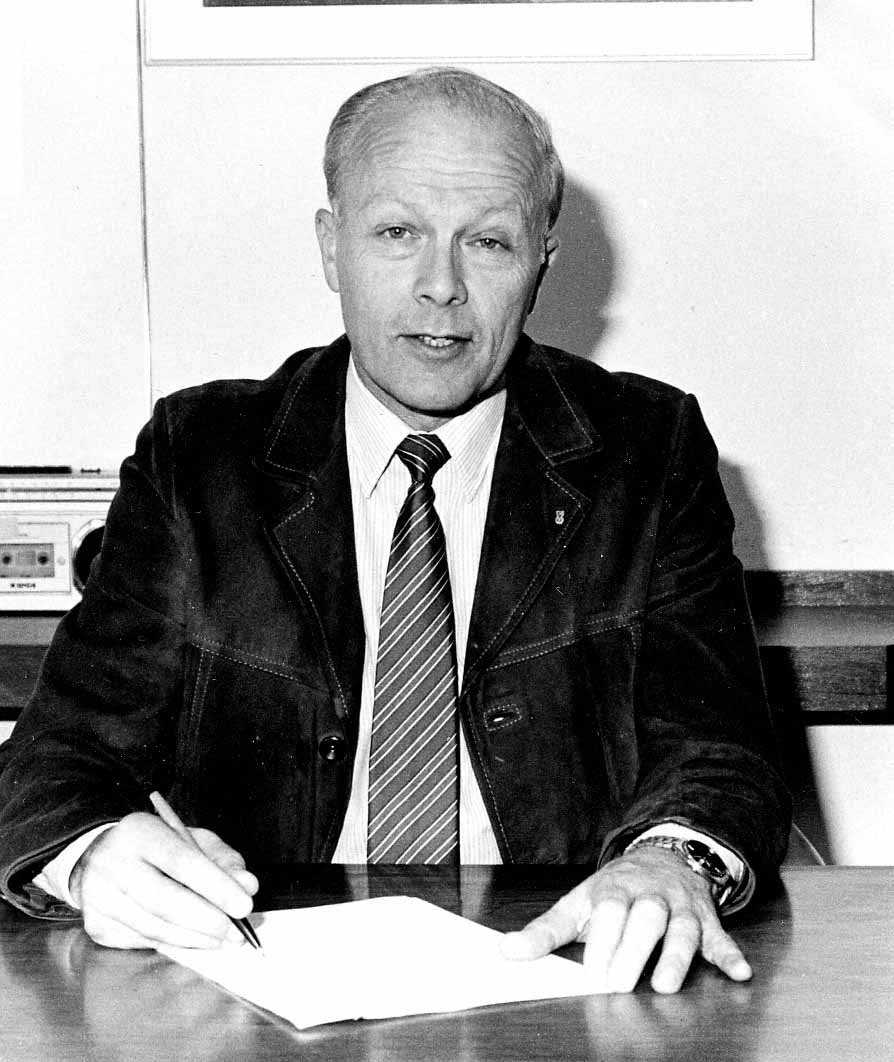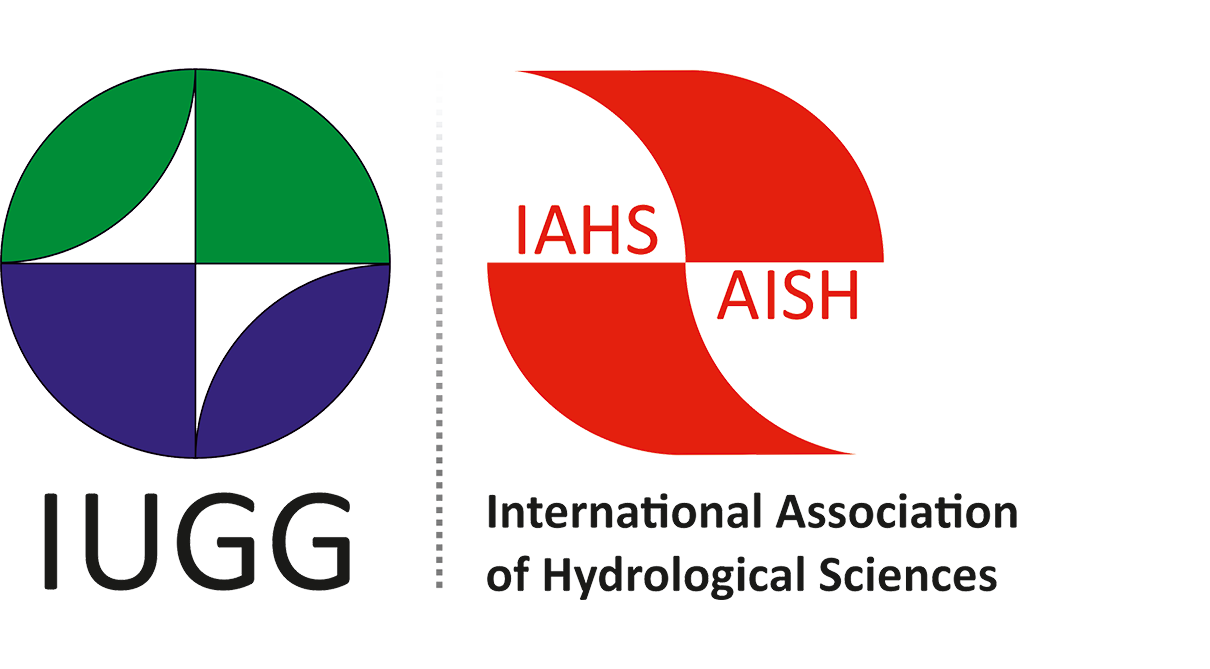International Hydrology Prize 2000
On 2 June 2000 in Paris at the UNESCO headquarters, Professor Uri Shamir, former President of IAHS, received the International Hydrology Prize, jointly awarded by UNESCO, WMO and IAHS. The citation by Gert Schultz (Bochum, Germany) was as follows:
There can be few experts alive today, who combine scientific excellence with down to earth practice in the field of water resources management in such an admirable way as Uri Shamir. He has influenced the world of science by an impressive number of outstanding publications, the practice of water management by his consulting work for many renowned companies on three continents and the political world by participation in many delicate negotiations, primarily the peace talks in the Middle East. Uri is an inspiring speaker capable of explaining the most complex issues in an understandable way —the reason why he has been invited to be the keynote speaker at numerous conferences, symposia and congresses all over the world.
Uri Shamir graduated with a BSc with summa cum laude from the Department of Civil Engineering at the Technion, Haifa, Israel in 1962. Only four years later he received his PhD at MIT, from the Department of Civil Engineering, with a thesis on "Numerical and analytic solutions for dispersion in porous media". After his "years of travel" leading him to IBM, New York, the University of Toronto, MIT again (this time as visiting Professor, 1984/85), the University of Washington, Seattle, and Harvard University, he became Professor at the Faculty of Civil Engineering at Technion, Haifa, in October 1979. Besides his job as Director of the Water Research Institute at Technion, since 1993 he has been a member and chairman of various committees and from 1986 to 1990 he became Vice-President for Research of Technion, a period when he was able to acquire substantial support for Technion’s research from various parts of the world and to contribute significantly to the advancement of science at his "Alma Mater". His own main research interests lie in the field of water distribution systems, advancement of optimization techniques in design and operation of water resources systems, urban hydrology and storm water management as well as in groundwater modelling. A field, to which he devoted particular attention is the risk and reliability problem in hydrology and water management. He is a dedicated teacher highlighted by the fact that he has received the "Outstanding Teacher Award" at Technion no less than six times. He has successfully "fathered" many PhDs and a large number of MScs.
From his numerous professional activities only very few can be mentioned here. Uri has been the convenor or co-convenor of a large number of scientific conferences, among which the Symposium on Scientific Basis for Water Resources Management which he organized in Jerusalem in 1985 on behalf of IAHS and the never to be forgotten Symposium on Closing the Gap between Theory and Practice at Baltimore 1989 deserve a mention. Indeed Uri has devoted a large measure of his time and competence to IAHS. From 1987 till 1991 he was President of the International Commission on Water Resources Systems and from 1991 to 1995 he was President of the Association. Presently he is Vice-President of the International Union of Geodesy and Geophysics (IUGG), a position he will keep until 2003.
Uri’s high professional competence combined with a capability for finding efficient solutions to complex problems of water management practice has made him much in demand as a consulting engineer. Since 1992 he has worked for the Israeli Water Commission as a member of various Steering Committees and he was deeply involved in the negotiations between Israel and Jordan leading to the October 1994 water agreement in the Peace Treaty, as well as in the negotiations between Israel and the Palestinians leading to the September 1995 Interim Agreement on Water. He has worked for the Mekorot and Tahal Water Companies in Israel, and he has designed many exciting water projects with Charles Howard and Associates Ltd, Canada, with Camp, Dresser & McKee, Inc. in Boston and with various Government institutions in The Netherlands, Canada, the United States and other countries.
Uri has produced a very large number of publications, but in Uri’s case quality goes with quantity. It is striking, that he has over 60 publications in refereed journals and books and such a large number of publications in professional conferences and other publication media, that the writer is unable to count them. In addition the number of invited and keynote lectures presented in the four corners of the globe is impressive. Looking at Uri’s many ongoing activities gives us hope that we can expect many more exciting publications, keynote lectures and clever solutions of engineering problems.
But writing about Uri Shamir without reference to his unusual personality would be completely unsatisfactory, because as well as being an outstanding scientist and practitioner, Uri has a fascinating personality: his jokes are as good as his lectures, his performance at tennis is almost as good as that in science and the elegance of his dancing matches that of his solutions to engineering problems! His working power and intensity of life is so demanding, that it took the author at least a day to recover from a three-day visit to Uri’s Institute and home. One secret of his success is evidently his ability to deal with people over the whole range between suaviter in modo, fortiter in re and being most charming and humorous.
The International Hydrology Prize is a very appropriate and well-deserved honour for Uri, but it is also an honour for IAHS to have Uri Shamir as a "Member and More"!

The following response was delivered by Uri Shamir:
Ladies and Gentlemen, Dear Colleagues,
I am grateful to IAHS, UNESCO and WMO for bestowing upon me the honour of receiving the International Hydrology Prize, and appreciate the initiative and support by friends and colleagues for my nomination and selection.
I am humbled and proud to follow in the footsteps of such illustrious hydrologists as Langbein, Dooge, Nash, Kaczmarek, Eagleson, Dyck, Klemes, Philip, Midgley, O’Donnell, Meier, and others.
Hydrologists seek to understand the behaviour of water in natural systems, its physics, chemistry and biology, its interactions with the biota, the temporal and spatial scales and variability of the processes that govern its presence and movement. Hydrologists then use this understanding in the service of society, by creating the basis, the very foundation, for managing water. The objective is to support mankind, the species that inhabit the world with us, and the environment in which we exist and expect to thrive.
Sustainable management of water for present and future generations is predicated on sound hydrological knowledge. During more than 30 years of experience in hydrology and water management, I have seen time and again that sound water management cannot succeed without a solid hydrological foundation.
I have experienced this in many parts of the world, and nowhere is it more evident than in management of Israel’s water resources and in the Middle East water negotiations, in which I am involved.
Take the case of the Yarmouk and Jordan Rivers. Temporal variability of the flows—over hours, days, months, years and decades—in the natural state of the watershed and after human intervention, must be well understood before schemes can be devised for coordinated management of the two rivers by Jordan and Israel, according to the 1994 water agreement between them.
Israel and the Palestinians jointly depend on the Mountain Aquifer that underlies the West Bank and Israel. It is a complex aquifer, flowing in three distinct directions, with several sub-aquifers and many faults. In order to determine how the aquifer will be managed, we must develop a good grasp of the flow and transport phenomena, as well as the response of water quantity and quality to external influences. It is a common interest of both sides, who depend on hydrologists to develop this understanding.
International water agreements cannot be too complex, otherwise they cannot be managed and enforced. It is therefore a real challenge to condense the complexity of hydrology into a meaningful yet useable format in an
agreement.
Ladies and Gentlemen, the scientific aspects of hydrology are closely intertwined with the real-world approach to water resources management.
During years of practice and of service to IAHS I have endeavoured to promote the scientific aspects of hydrology as well as its integration into systems analysis and water management.
We convene here today to discuss a new initiative: HELP—Hydrology for Environment, Life and Policy. This initiative is predicated upon our shared commitment to deepen and expand our understanding of hydrology and to combine it into a framework of service to present and future generations.
I have been privileged to contribute in some modest measure to the science of hydrology, to water resources management theory and practice, to IAHS and to the UNESCO IHP programme, and thank you for recognizing this contribution.
